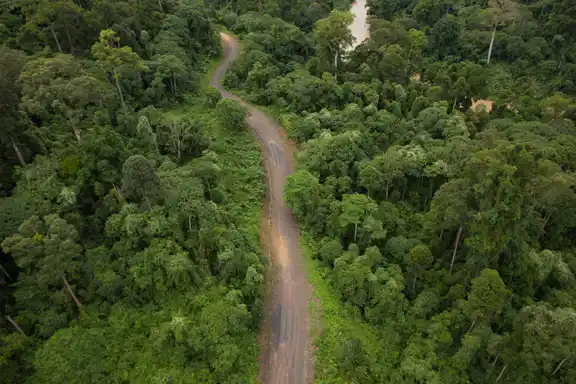While the vibrant ecosystems of Borneo draw us in, it's the rich tapestry of human heritage that deepens our connection to this remarkable island. From ancient cave paintings to the remnants of powerful sultanates, Borneo's historical and archaeological sites offer a fascinating glimpse into the island's past. These sites reveal the connection between the island’s indigenous people, their ancestors, and the lands they have inhabited for centuries.
A Journey Through Borneo’s Ancient History
Borneo’s history stretches back thousands of years, with evidence of human habitation dating as far back as 40,000 years. The island has been a melting pot of cultures and civilisations, influenced by waves of migration, trade, and conquest. The remnants of these influences can be seen in the various historical and archaeological sites scattered across the island, each telling a unique story of Borneo’s rich heritage.
Must-Visit Historical and Archaeological Sites in Borneo
Borneo is home to numerous sites of historical and archaeological significance. Whether you're a history enthusiast or simply curious about the island’s past, these locations provide a compelling narrative of Borneo’s cultural evolution.
Niah Caves in Sarawak
One of the most significant archaeological sites in Southeast Asia, the Niah Caves in Sarawak are famed for their ancient rock paintings and the discovery of one of the oldest human skulls in the region.
The Great Cave, the largest of the Niah Caves, was a major centre of human activity thousands of years ago. Archaeologists have unearthed tools, pottery, and human remains that suggest the cave was used as a burial site. The painted cave walls depict scenes of everyday life, religious rituals, and even mythical beings, offering a window into the spiritual and cultural practices of Borneo's early inhabitants.
Kota Batu Archaeological Park in Brunei
Located in Brunei, Kota Batu Archaeological Park is an important site that showcases the remnants of the ancient Bruneian Sultanate, which was one of the most powerful empires in Southeast Asia during the 15th and 16th centuries.
The park includes the ruins of a royal palace, ancient tombs, and fortifications, all situated along the banks of the Brunei River. The site also houses the Brunei Museum, where artefacts from the Sultanate’s golden age, including ceramics, weaponry, and royal regalia, are displayed.










